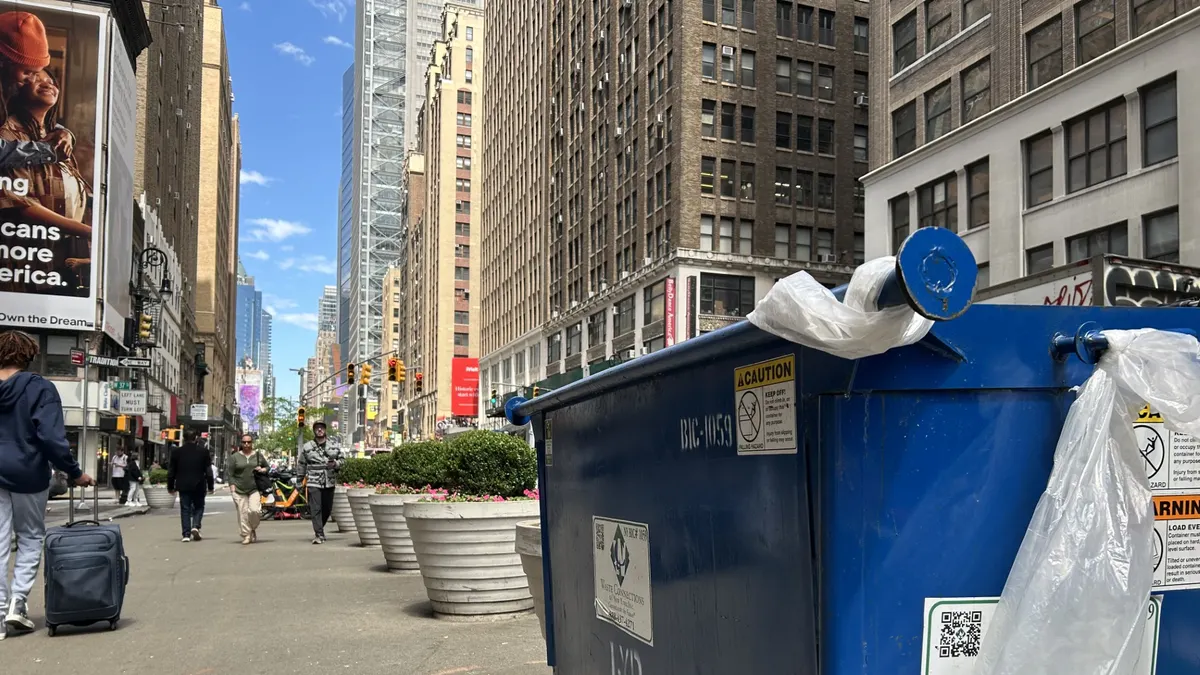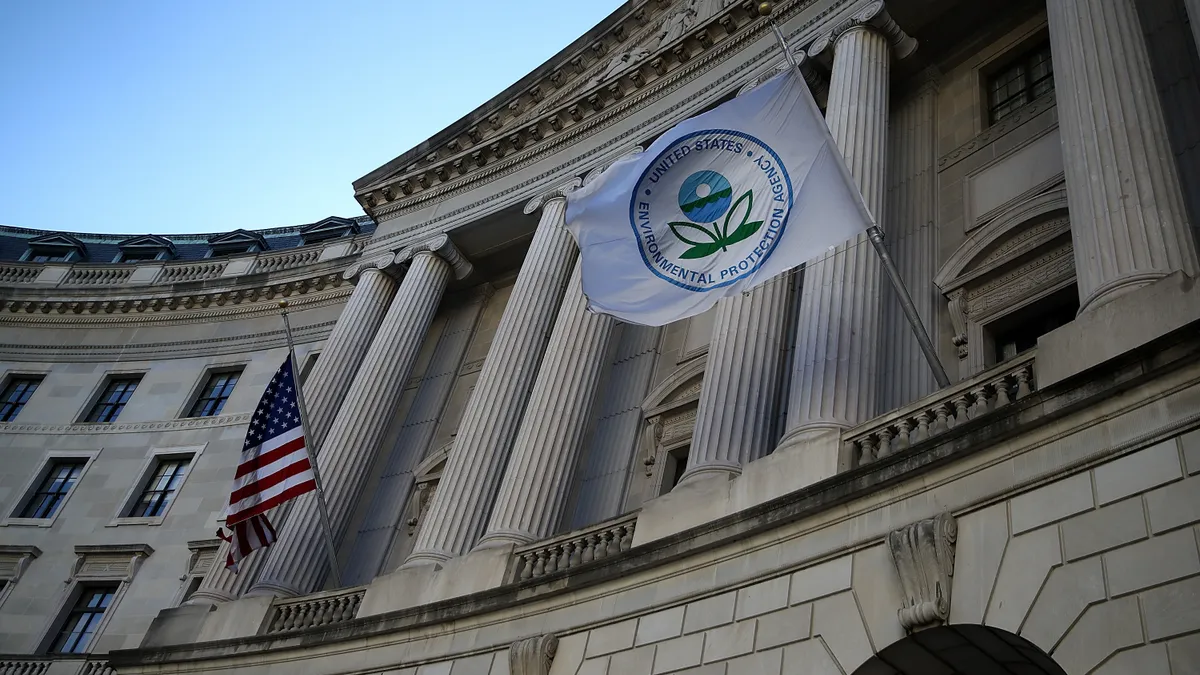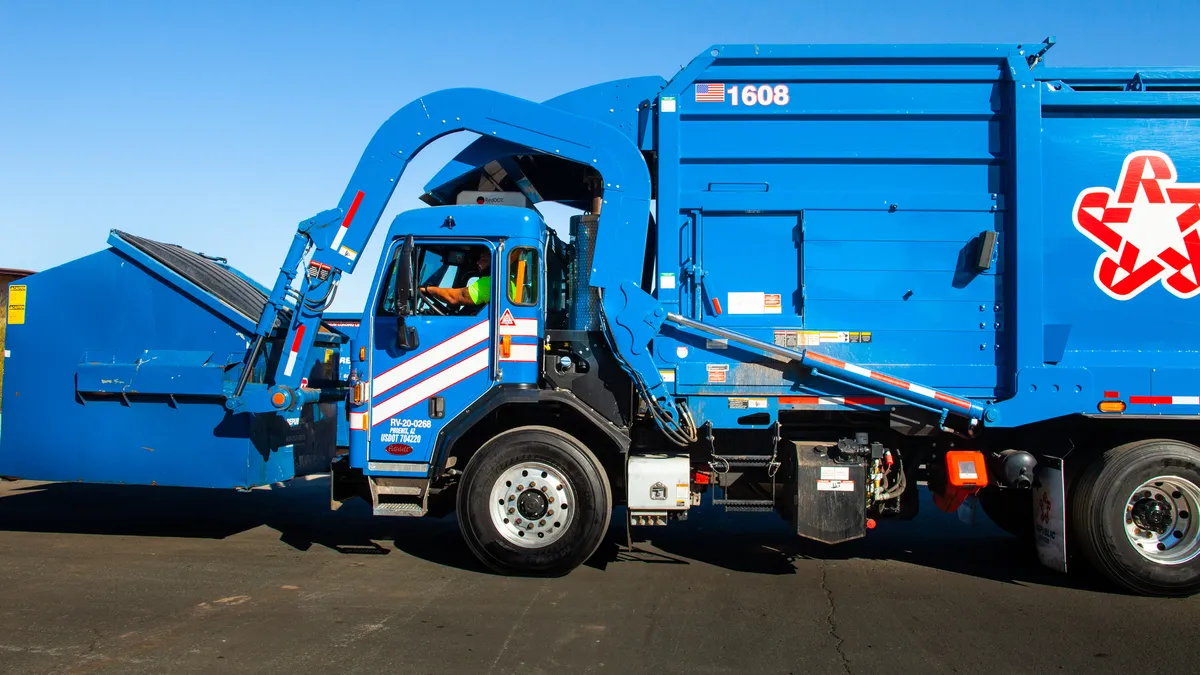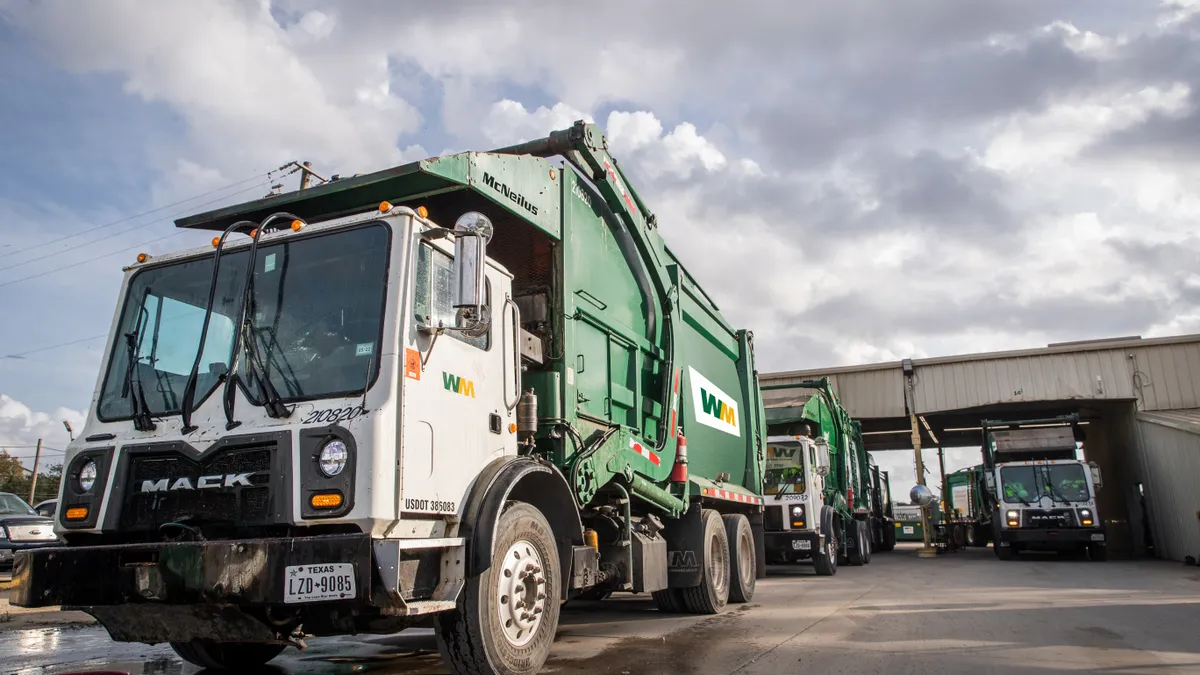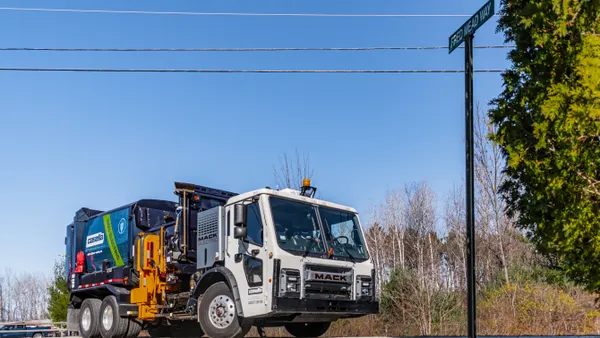During his presidential campaign, Donald Trump boasted of cutting government spending and negotiating better deals for the United States. Yet, since he's taken office, Trump's actions have drawn mixed reviews in the world of waste and recycling. Changes to the federal tax code are somewhat popular among industry folks, while his intentions to leave the Paris Climate Agreement are viewed less favorably.
One thing is evident: A year of President Trump has been disruptive, and the administration's recent actions and proposals signal more disruption to come. As the White House and other federal agencies present budget proposals, many programs and departments are potentially facing steep cuts.
While these proposals still require Congressional approval, they offer important insight into the thoughts and priorities of the highest levels of the United States government. What follows is a look at what the proposed budgets mean for different agencies that have a hand in regulating, assisting or otherwise interacting with the solid waste industry.
Environmental Protection Agency
- Total budget request: $5.4 billion
- Change from 2017 enacted budget: 34% decrease
The Environmental Protection Agency (EPA), overseen by Administrator Scott Pruitt, has had a tumultuous year, between a renewed focus on Superfund site cleanups and employees leaving by the hundreds. The funding levels proposed by Trump and the EPA promise only more tumult as money leaves the agency.
The Atmospheric Protection Program would lose over $75 million, including a zeroing out of the Landfill Methane Outreach Program (LMOP). LMOP is a voluntary program designed to reduce methane emissions from landfills and shares resources and best practices to achieve that goal.
While LMOP is being bottoming out, EPA is maintaining most funding for programming and management under the goal of fulfilling EPA's core mission of improving air quality. Included in this mission is a continued adherence to New Source Performance Standards, which directly affect landfills.
The Brownfields program would lose $9.3 million and environmental education would see its budget zeroed out.
Substantial changes would be made to the Resource Conservation and Recovery Act (RCRA). The budget for RCRA corrective action would drop by $4.2 million and the budget for RCRA waste management would drop by $16.3 million. EPA says in 2019 it will prioritize work on polychlorinated biphenyls cleanup and disposal, but reduce technical assistance for solid waste management programs.
Notably, the budget for waste minimization and recycling under RCRA would be completely zeroed out. The program is responsible for outlining ways to reduce waste and for increasing diversion from federal facilities. EPA says this will allow the agency to focus on its "core environmental work," but does not offer further clarification.
"SWANA's members are concerned about some of the proposed budget cuts at EPA, and we intend to communicate those concerns to Members of Congress and others."

David Biderman
CEO, SWANA
The budget calls for a cut in the Superfund account from over $1 billion to $762 million, a reduction of nearly one-third. This does not entirely track with Pruitt's oft-discussed commitment to cleaning up Superfund sites — and the question remains of what his "direct involvement" at prioritized sites would look like.
However, some Superfund cleanup, including federal facilities and emergency preparedness, remain unchanged from the just-passed continuing resolution.
State and Tribal Assistance Grants (STAG) for Brownfields would decrease by more than $24 million compared to what was spent in 2017. EPA says the money will be used to help states and tribes assess more than 1,000 brownfield sites.
Lastly, monies for the Renewable Fuel Standard (RFS) would be partially maintained. The EPA's budget proposal includes $75 million for science & technology, down from the $98 million that was spent in 2017 — administration of the RFS falls under this broader umbrella.
There has been some back-and-forth over the RFS in the current administration, which applies to biofuel and landfill gas projects.
Solid Waste Association of North America (SWANA) CEO David Biderman told Waste Dive in an email that "SWANA's members are concerned about some of the proposed budget cuts at EPA, and we intend to communicate those concerns to Members of Congress and others."
Infrastructure
- Total budget request: $200 billion
The White House budget proposal asks for a total of $1 trillion in infrastructure investment between direct federal funding and incentivized non-federal funding. Only $200 billion in dedicated funding is asked for, split between several efforts, including incentive grants ($100 billion) to be awarded to project sponsors and $50 billion for for rural infrastructure needs.
The White House is also calling for expanding the flexibility of Private Activity Bonds, which some solid waste infrastructure projects are already eligible for, and for streamlining the federal permitting process. That streamlining process would include doing away with "redundant" agency reviews and delegating more responsibilities to the states.
"We are encouraged by the president's tenacity on infrastructure, both in terms of finding robust funding for it and crafting streamlining provisions for federal permitting," National Waste & Recycling Association Spokesman Brandon Wright told Waste Dive.
Biderman told Waste Dive in an email that SWANA is communicating with legislators to include language specific to recycling in any infrastructure bill, especially "in light of the current issues created by the Chinese waste import restrictions."
Department of Commerce
- Total budget request: $9.8 billion
- Change from 2017 enacted budget: 6% increase
The Department of Commerce is responsible for enforcing trade laws and dealing with international trade. The proposed budget asks for $3 million in additional funding for Commerce's International Trade Administration to "expand and enhance the Department’s efforts to level the global playing field for U.S. businesses."
For the waste industry, this could mean taking action on China's scrap import policy, which some federal lawmakers have begun to address. While the U.S. has raised concern with the World Trade Organization concerning China's import bans, Commerce has not taken public action. Whether that remains true this year — or in 2019, with these proposed increases in funding — is yet to be seen.
Department of Labor
- Total budget request: $9.4 billion
- Change from 2017 enacted budget: 21% decrease
The overall budget for labor is decreasing, but funding remains for the Occupational Safety and Health Administration (OSHA). In total, the proposal asks for $549 million for OSHA with $135 million for federal and state compliance assistance, including outreach and training.
The White House also asks for action on paid family leave, advocating six weeks of paid time off for new mothers and new fathers, including those who adopt. The system would "allow States to establish paid parental leave programs in a way that is most appropriate for their workforce and economy," according to the budget document.
The budget document does not ask for any allocation of funds for paid leave, but instead makes a point of saying the Trump administration wants to work with Congress on establishing paid leave.
Department of Transportation
- Discretionary budget request: $15.6 billion
- Change from 2017 enacted budget: 19% decrease
In addition to the White House's discretionary budget request, the administration is asking for $60.9 billion in mandatory funds for the Department of Transportation (DoT).
The ask includes $57.4 billion in mandatory funds and obligation limitation to improve highways, bridges and transit systems. That amount is further broken down into $46 billion for highway infrastructure and safety programs, $9.9 billion in transit infrastructure and $1.4 billion for the Federal Motor Carrier Safety Administration and the National Highway Traffic Safety Administration.
"We are encouraged by the president's tenacity on infrastructure."

Brandon Wright
Spokesman, NWRA
Funding to improve infrastructure is often seen as a positive thing, especially given the amount of time that sanitation workers spend working on the road.
What's next
The budget process doesn't begin and end in the White House or any Executive Branch department. These documents are for the public to examine, but they're also for submission to Congress, which has the ultimate authority to appropriate funds.
Different congressional committees will work up draft budgets for different departments, which will ultimately go before the entire House of Representatives and Senate for a vote before being sent to the White House.
The difficulty, of course, comes from negotiations between different lawmakers and different officials in the executive departments. Unless Congress agrees 100% with the Trump budget proposal, lawmakers are likely to modify funding levels for departments and programs, leading to negotiations within both bodies of Congress and between the legislative and executive branches.
It's a long, sometimes complicated process that can get hung up on certain wedge issues, such as the immigration debate that's led to two government shutdowns in 2017. For now, the United States is operating under a continuing resolution because a new budget could not be agreed on between members of Congress and the White House.
Given the upcoming election and general political climate, it remains to be seen if Congress and the White House will agree on a new budget this year. The process, however, will be one to watch.







